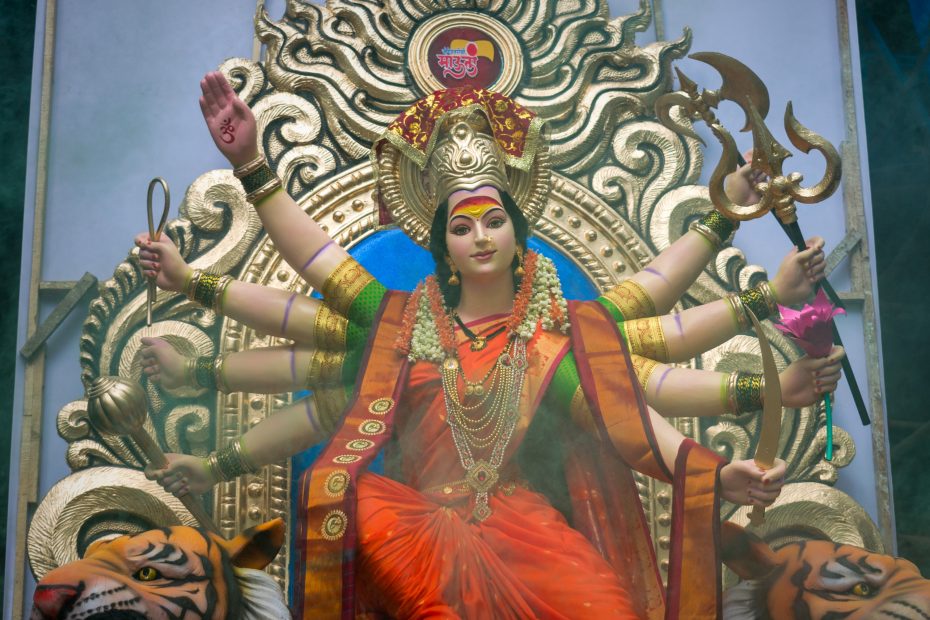Table of Contents
Introduction
Burkina Faso is a landlocked country in West Africa that is home to over 20 million people. Known for its vibrant culture and diversity, Burkina Faso has over 60 ethnic groups, each with their own unique traditions, languages, music, food, and more. While one of the poorest nations in the world, Burkina Faso has a remarkably rich cultural heritage that is beginning to get global recognition. From captivating traditional arts and ancient architecture to colourful festivals and diverse ethnic cultures, Burkina Faso has much to offer visitors interested in experiencing authentic local culture.
Burkina Faso’s Diverse Ethnic Groups
With over 60 ethnic groups scattered across the country, Burkina Faso has incredible cultural diversity. The two largest groups are the Mossi and the Fulani. The Mossi people dominate central Burkina Faso, while the nomadic Fulani people are found across the Sahel region. Other key groups include the Gurunsi, Bobo, Lobi, Tuareg, Bissa, Samo, Marka, and Senufo peoples. Each group has their own language, customs, music, arts, and more that contribute to Burkina Faso’s cultural mosaic. Many rural Burkinabes still adhere to traditional animist beliefs alongside Islam and Christianity.
Vibrant Music and Dance Traditions
Music and dance play a huge role in Burkinabe culture. Traditional instruments like the balafon (wooden xylophone), djembe and dunun drums, flutes, and stringed instruments provide lively rhythms for dances. The Mossi and Bobo peoples are known for their skillful xylophone and drumming traditions. Unique Burkinabe dances include the bawanba dance of the Bobo people using big masks, the yiiri and gouré mask dances of the Mossi, and the ziglibithy rhythm performed during Senufo Poro initiation ceremonies. Burkinabe hip hop and modern music are also emerging on the global stage.
Rich Cuisine and Culinary Traditions
Burkina Faso’s cuisine reflects the diversity of its people. Staple foods include millet, sorghum, fonio, rice, corn, yams, and leafy greens like baobab leaves. Sauce ingredients include okra, peanuts, soumbala, fish, and various meats. Signature Burkinabe dishes include tô (a stiff millet or sorghum porridge), riz gras (rice cooked in tomato sauce), maafe (meat in peanut sauce), poulet yassa (chicken marinated in lemon and onions), and kapoku (spicy garlic chicken). Grilled meat and fish dishes as well as fresh juices, beers, and palm wines are also popular.
Captivating Arts and Crafts
Burkina Faso is renowned for its talented craftspeople producing unique arts. One iconic Burkinabe art form is bogolanfini, a handmade cotton textile traditionally dyed using fermented mud and plant extracts that produces striking motifs. Burkina Faso is also famous for its elaborate wooden masks and statues used in traditional ceremonies, bronze and brass castings produced by the Bobo and Mossi, stone carvings, leathercrafts, basketry, pottery, and weaving.
Ancient Sites and Architecture
Various ancient sites and architectural gems showcase Burkina Faso’s history and culture. The old mosques in Bobo-Dioulasso reveal Songhai architecture dating back to the 15th century Mali Empire. Loropeni is a well-preserved stone ruins of an ancient village. Domes de Fabedougou contains unusual rock formations and caves. Goumbou Gou is an imposing mudbrick fortification. Burkina Faso is also dotted with traditional mudbrick houses and compounds with beautifully decorated walls.
Colourful Festivals and Events
Burkina Faso hosts dynamic cultural festivals and events. FESPACO, Africa’s largest film festival held in Ouagadougou, draws participants from across Africa and the world. SIAO showcases Burkinabe arts and culture with exhibitions, shows, competitions, and street performances. Bobo-Dioulasso’s sombre yet spectacular Do festival honours the dead. Smaller regional festivals like the Ferey festival in the southwest highlight local cultural heritage through music, dance, and storytelling.
Conclusion
While one of the world’s poorest countries, Burkina Faso is exceptionally rich in cultural heritage. From the diverse ethnic mosaic to captivating traditional arts and music, ancient sites and architecture, and lively festivals, Burkina Faso’s culture reveals West Africa’s vibrant traditions. By preserving and promoting its heritage, Burkina Faso provides an eye-opening experience for visitors interested in discovering Africa’s cultural treasures.
FAQs
What are some key cultural groups in Burkina Faso?
Some of the main ethnic groups include the Mossi, Fulani, Gurunsi, Bobo, Lobi, Tuareg, Bissa, Samo, Marka, and Senufo. Each group has distinct cultures, languages, music, arts, cuisine, and more.
What traditional music and dances originate from Burkina Faso?
Iconic music includes balafon xylophone and drumming styles. Dances include the bawanba, yiiri, gouré mask dances, and ziglibithy rhythm.
What are some signature dishes and ingredients in Burkinabe cuisine?
Staples are millet, sorghum, fonio, rice, leafy greens. Dishes include tô, riz gras, maafe, poulet yassa, and kapoku.
What notable arts and crafts come from Burkina Faso?
Bogolanfini mud cloth, wooden masks and statues, brass/bronze castings, stone carvings, baskets, and weaving.
What are some major cultural festivals held in Burkina Faso?
Key festivals are FESPACO film festival, SIAO arts festival, Bobo-Dioulasso’s Do festival, and various regional cultural festivals.
